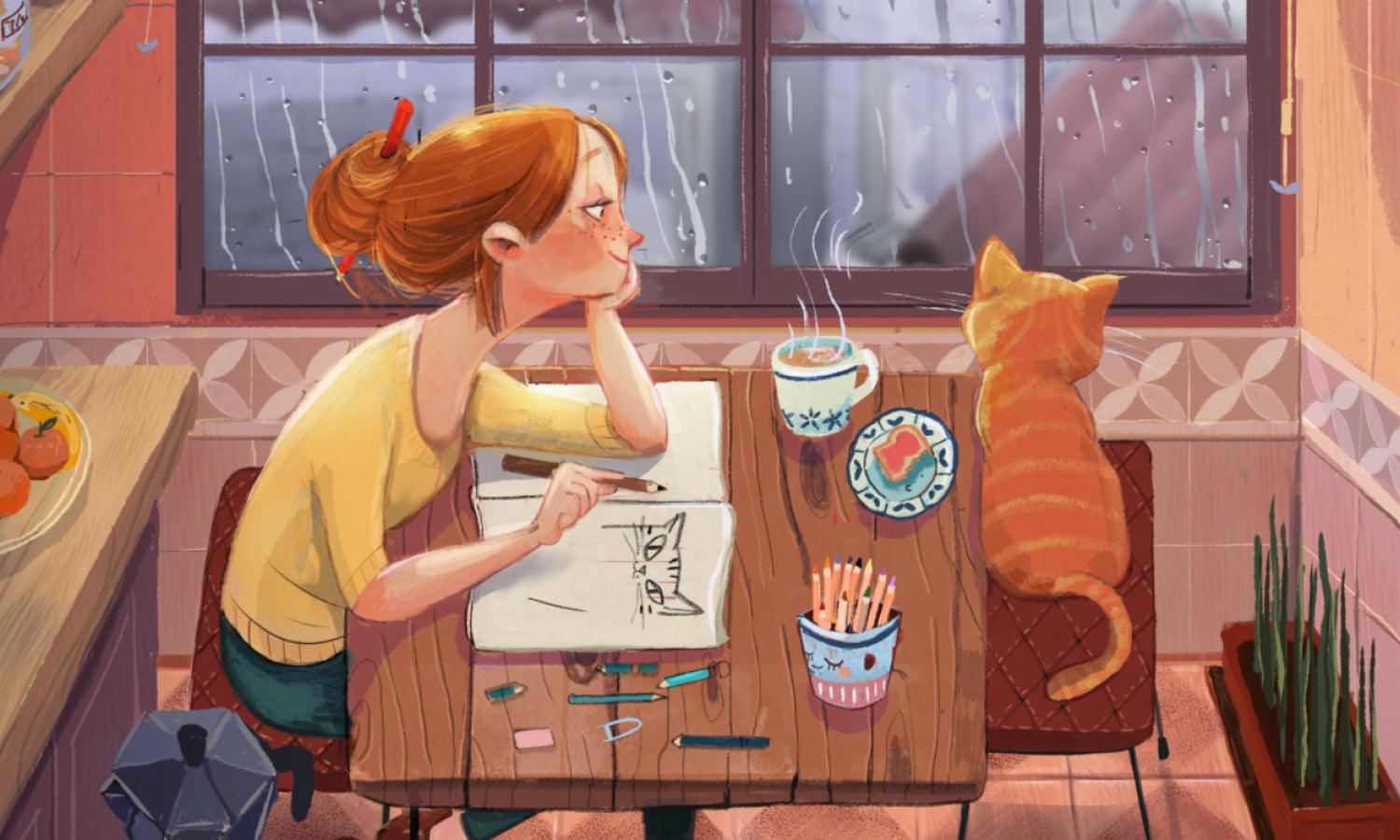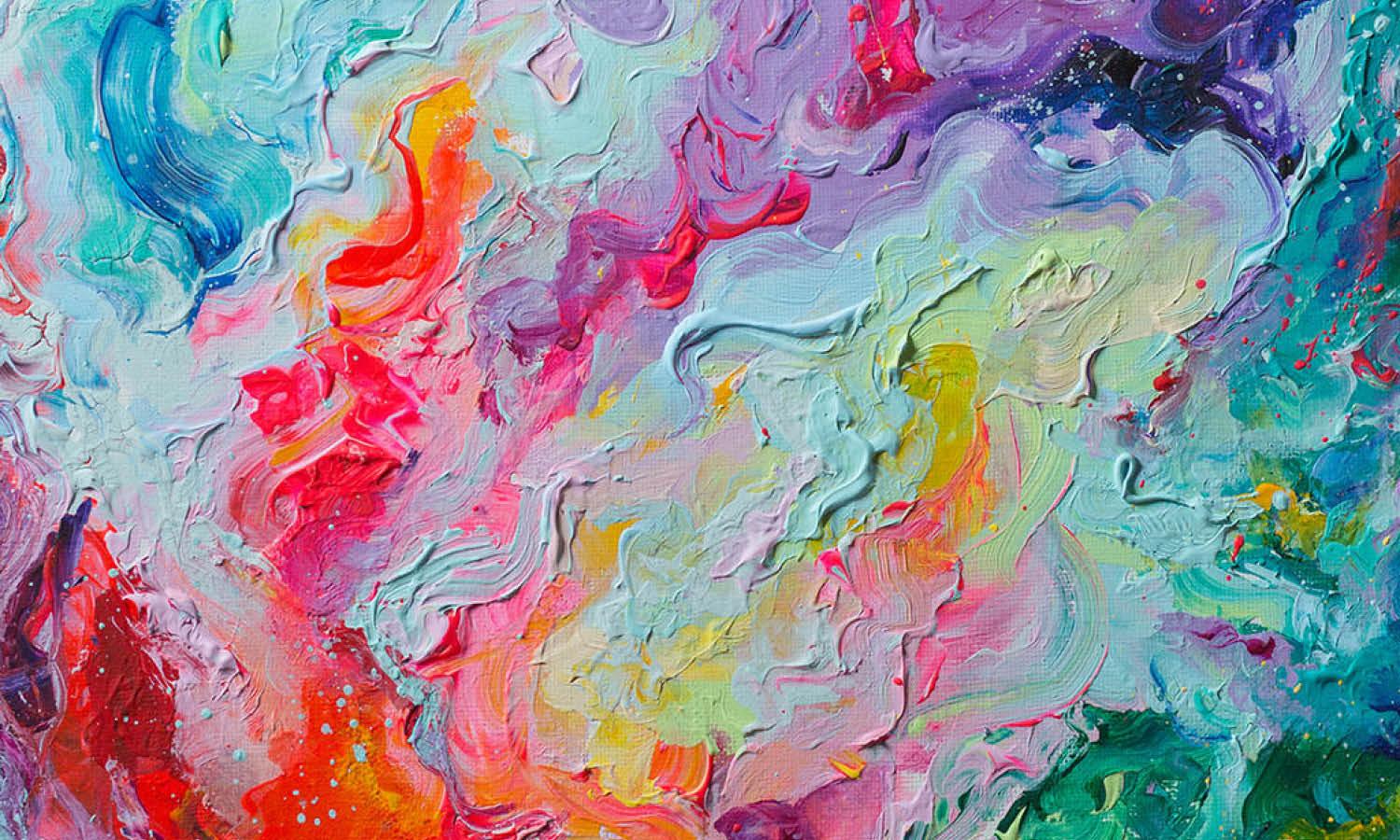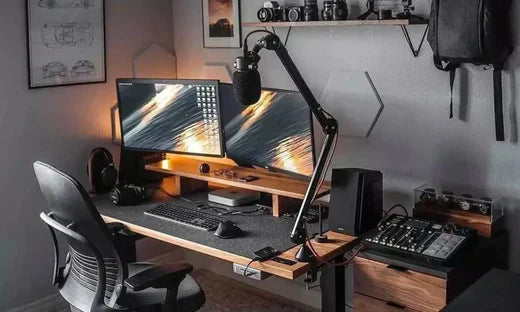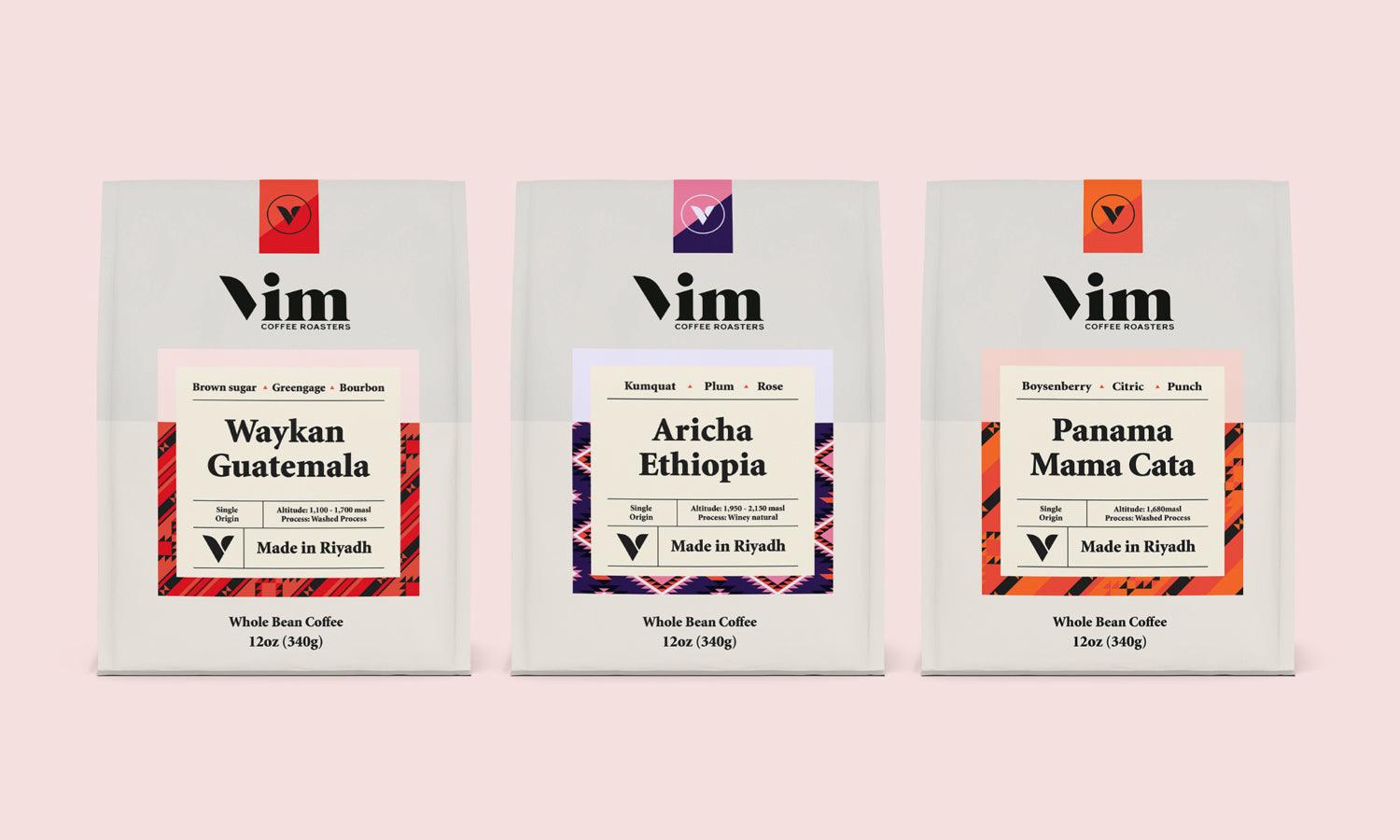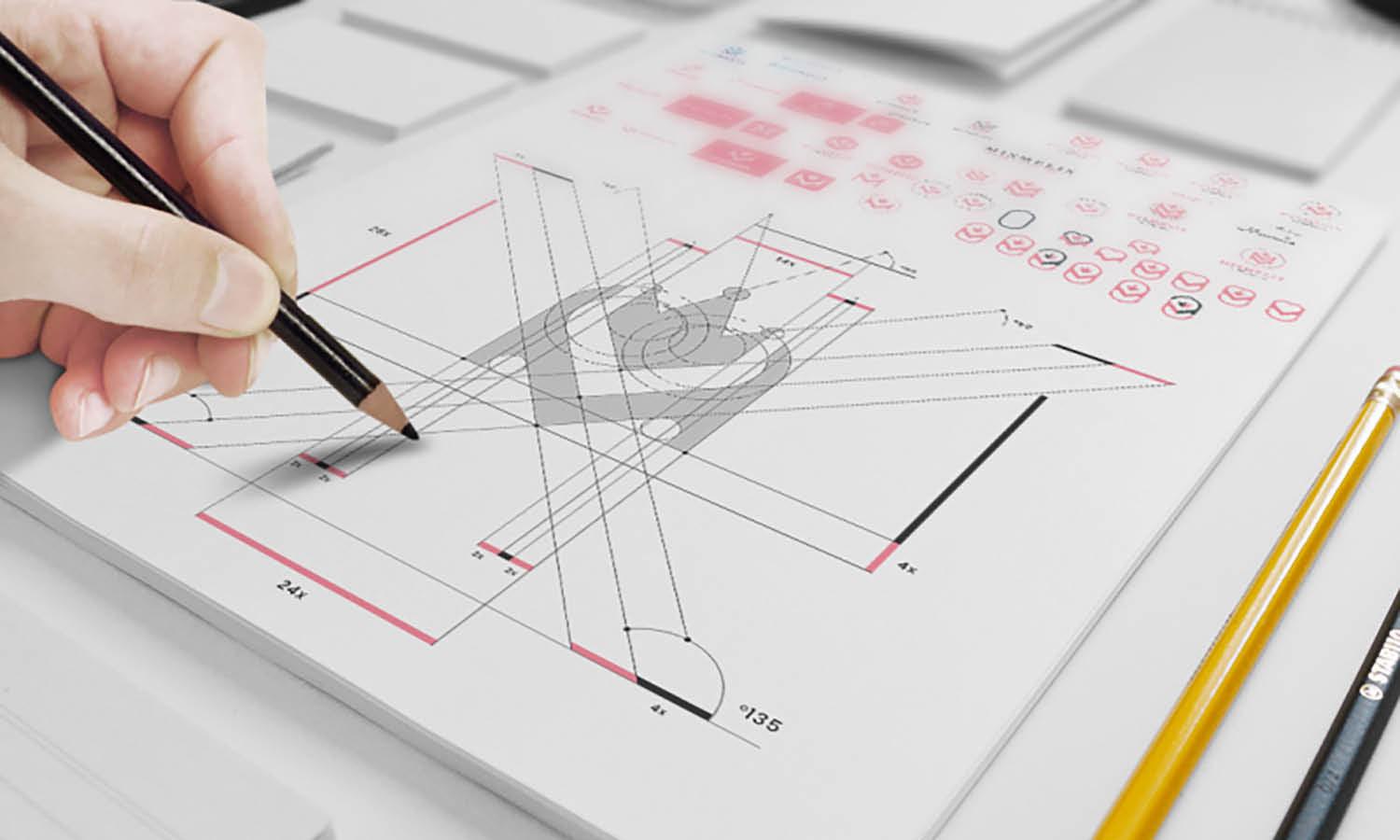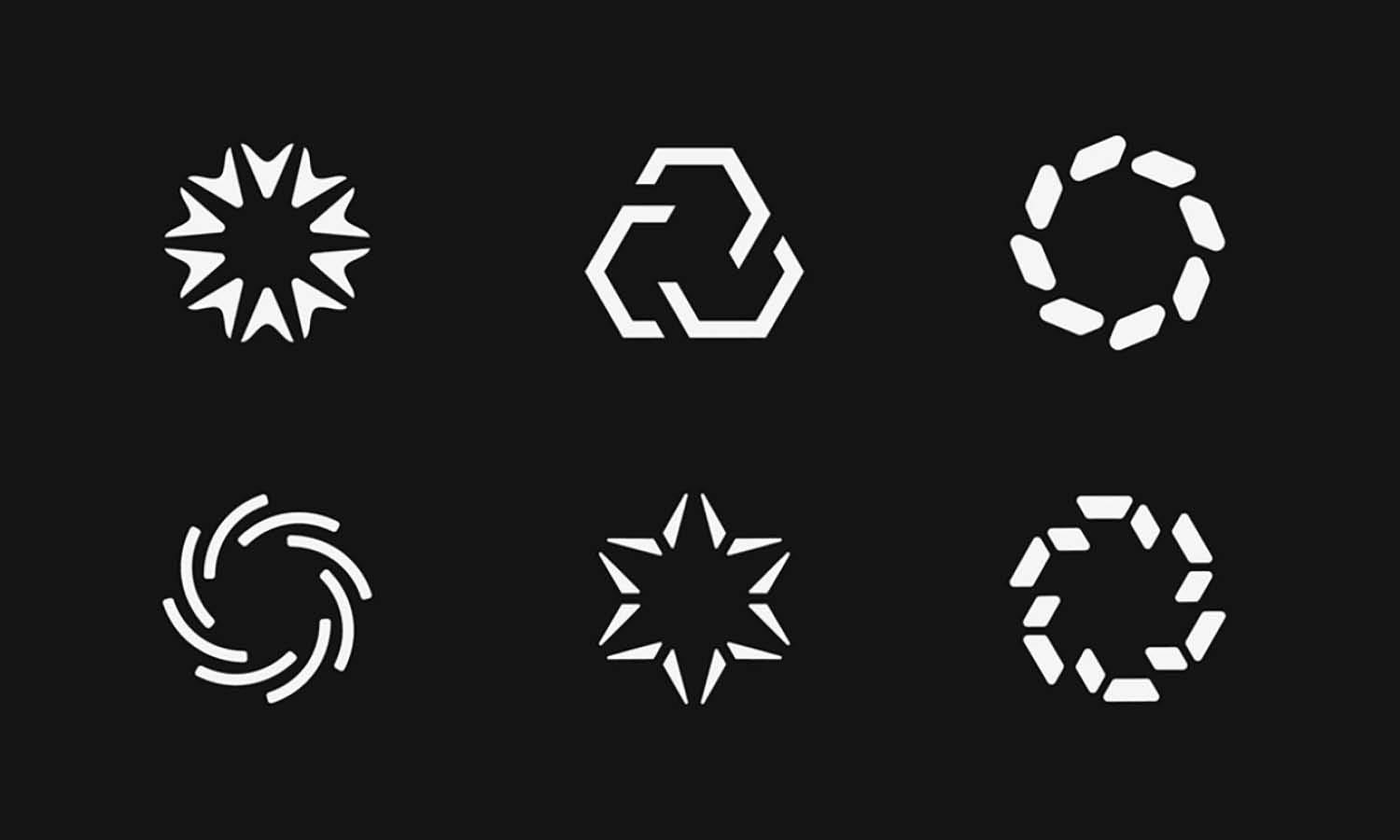8 Underrated Hobbies That Quietly Supercharge Your Artistic Skills

Creative growth often begins in places that have nothing to do with your work. Some of the most unexpected breakthroughs happen when you step away entirely, when you dig your hands into the soil, fold a paper swan, or thread a needle without caring about the final result. These moments of quiet, unrelated effort can change how you see, think, and create.
How Simple Activities Can Unlock Creative Potential
Even the simplest pastimes can quietly shape how we observe, imagine, and create. The following hobbies might seem unassuming, but they offer surprising creative rewards.
1. Calligraphy
Calligraphy demands patience, precision, and rhythm. Every stroke is intentional. Practicing modern calligraphy isn't just about making beautiful letters, it builds discipline in your line work, muscle memory in your hands, and sensitivity to spacing and weight. These are the same muscles you flex in illustration, typography, and logo design. The elegance and clarity you cultivate through lettering often trickle into every visual decision you make.
For a deeper understanding of how calligraphy can enrich your creative journey, explore 10 Important Benefits Of Learning Calligraphy.
2. Origami
Folding paper into structured forms teaches more than just geometry. It trains your brain to think in layers, to anticipate outcomes, and to make decisions within constraints.
Designers especially benefit from this kind of spatial awareness, seeing how flatness transforms into form. There’s also a meditative element to origami that builds patience and quiet focus, skills that spill into digital workflows in surprising ways.
3. Gardening
Gardening is more visual than most people give it credit for. You choose colors, coordinate textures, create depth, and think about growth in cycles. Planning a garden isn’t that different from building a layout or visual identity, you’re balancing intention with spontaneity.
Spending time outside also recalibrates your color sensitivity. Nature doesn’t follow hex codes, and that makes it the perfect teacher.
4. Paint by Numbers
The structure of Paint By Numbers kits isn’t restrictive, it’s restorative. They take away the pressure of "what to paint" and let you focus on simply doing. The color work, brush control, and pacing are all there, just wrapped in a more approachable format.
And when you're not worried about the outcome, your body relaxes. Your mind engages differently. For those feeling stuck, this kind of guided painting can feel like recovery. You can even take it a step further with Paint By Numbers Customized Kits, which let you turn a personal photo or memory into a paintable canvas for a truly meaningful creative break.

5. Photography (with a twist)
Skip the posed shots. Instead, give yourself a theme: capture movement, reflection, or repetition. These kinds of visual constraints sharpen your eye and teach you to look for form, shadow, and light in unexpected places.
It’s visual sketching, but with a lens. The more you notice, the more you bring back to your own canvas, whether that’s a logo grid or a comic panel.
6. Puzzle Solving & Logic Games
Problem-solving and pattern recognition are at the heart of design. Puzzles, riddles, and visual logic games help you train those instincts. When you're stuck on a composition or trying to crack a creative brief, the mindset you build here becomes surprisingly useful. They're also a great way to shift mental gears.
7. Embroidery
Stitch by stitch, embroidery builds a whole new kind of visual patience. You start to feel how materials behave, how color layering works, and how negative space matters. There’s no zoom tool, no undo button, just deliberate motion and texture. If your usual work is digital, this tactile switch resets your instincts.

8. Visual Journaling
Visual journaling is where thought meets form. You sketch, scribble, layer, annotate, and explore without needing an audience. It’s a private lab for your style, your voice, your instincts.
Even ten minutes a day makes a difference. Try these visual journaling ideas to build creativity daily.
Bringing It All Together
Inspiration doesn’t always arrive on demand, it often hides in the quieter corners of life. These hobbies may not look like traditional training, but they’re powerful creative tools in disguise. Whether you're sharpening your spatial skills with origami or reconnecting with color through Paint By Numbers, each of these activities nurtures your artistic mind in subtle, meaningful ways.


